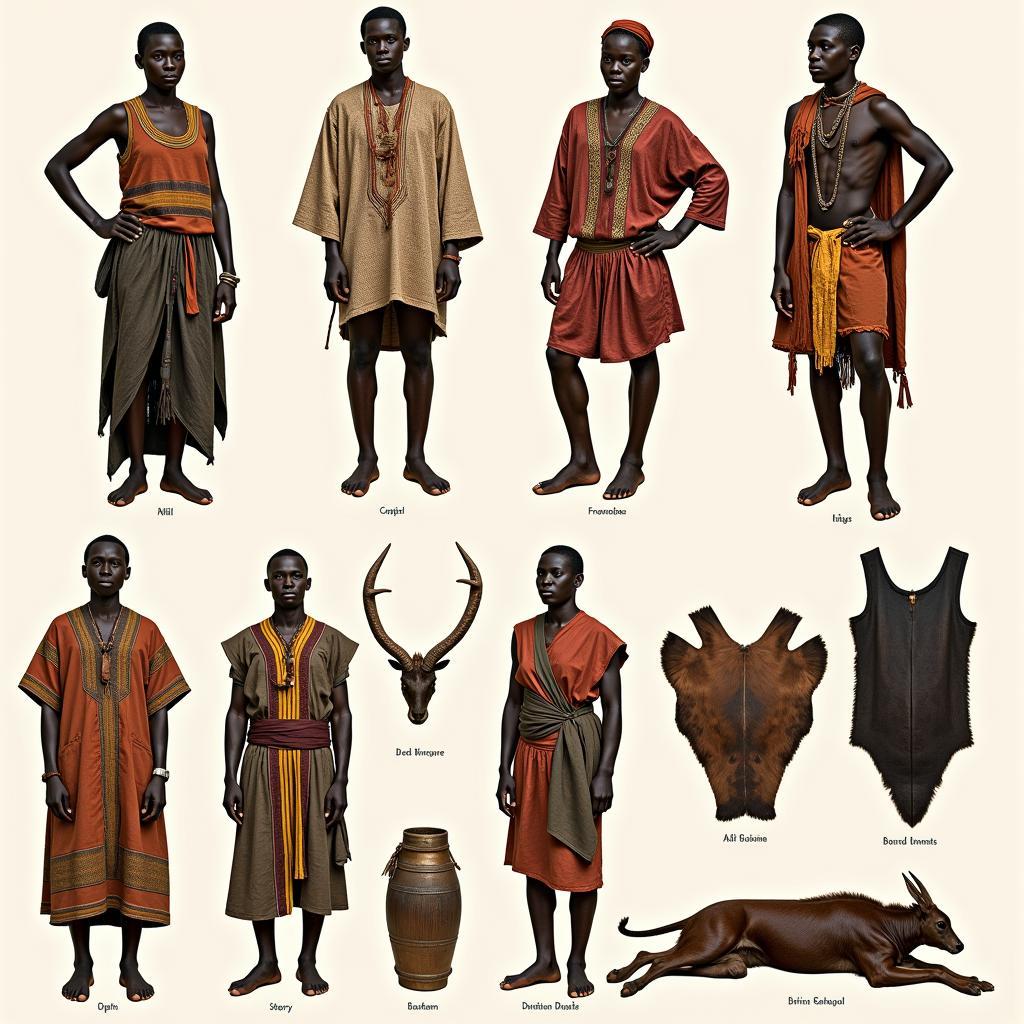The African Butterfly: Exploring the Continent’s Vibrant Lepidoptera
The African Butterfly, a vibrant symbol of the continent’s rich biodiversity, encompasses a breathtaking array of species, each with unique patterns, colors, and ecological roles. From the iconic African Monarch to the elusive Emperor Swallowtail, these delicate creatures offer a captivating glimpse into the diverse ecosystems found across Africa. This article delves into the fascinating world of African butterflies, exploring their life cycle, habitats, cultural significance, and the challenges they face in a changing world.
Unveiling the Diversity of African Butterflies
Africa is home to an estimated 3,000 butterfly species, representing approximately 20% of the world’s total. This impressive diversity is attributed to the continent’s wide range of climates and habitats, from lush rainforests to arid savannas. Each region boasts its own unique butterfly fauna, showcasing the remarkable adaptability of these insects.
A Journey Through the Butterfly Life Cycle
Like all butterflies, African species undergo a fascinating metamorphosis, transforming from tiny eggs to winged beauties. The process begins with females laying their eggs on specific host plants, providing nourishment for the hatching caterpillars. These voracious eaters then embark on a period of rapid growth, shedding their skin multiple times as they increase in size.
Once the caterpillar reaches its full size, it enters the pupal stage, forming a chrysalis where it undergoes a remarkable transformation. Inside the chrysalis, the caterpillar’s body breaks down and reassembles into the form of a butterfly. Finally, the adult butterfly emerges, ready to reproduce and continue the life cycle.
The Importance of Host Plants
The relationship between African butterflies and their host plants is a delicate dance of coevolution. Many butterfly species are highly specialized, relying on a single or a few closely related plant species for their survival. For example, the caterpillars of the African Monarch butterfly feed exclusively on milkweed plants, which contain toxins that make the caterpillars poisonous to predators.
 African Monarch Caterpillar Feeding on Milkweed
African Monarch Caterpillar Feeding on Milkweed
Beyond the Beauty: Ecological Roles of African Butterflies
While often admired for their beauty, African butterflies play crucial roles in maintaining healthy ecosystems. As pollinators, they contribute to the reproduction of numerous plant species, including many that are essential for human livelihoods. Butterflies also serve as a vital food source for birds, reptiles, and other insects, making them an integral part of the food chain.
African Butterfly Fish: A Splash of Color in Home Aquariums
Interestingly, the term “African butterfly” extends beyond the realm of insects. The African Butterfly Cichlid, a popular aquarium fish, earns its name from its striking resemblance to butterflies. These colorful fish, native to Lake Malawi, add a touch of African vibrancy to home aquariums around the world.
Cultural Significance of African Butterflies
Throughout history, butterflies have held symbolic meaning in various African cultures. They are often seen as representations of transformation, hope, and the ephemeral nature of life. In some cultures, butterflies are believed to carry messages from the spirit world or to represent the souls of ancestors.
Conservation Concerns: Protecting Africa’s Fragile Beauties
Despite their resilience, African butterfly populations face growing threats from habitat loss, climate change, and pesticide use. As human activities continue to encroach upon natural habitats, many butterfly species are losing their breeding grounds and food sources.
Supporting Conservation Efforts
Protecting Africa’s butterfly diversity requires a multifaceted approach, including habitat preservation, sustainable land management practices, and raising awareness about the importance of these insects. By supporting conservation organizations and promoting responsible tourism, we can all contribute to the survival of these delicate creatures.
Conclusion
The African butterfly, with its mesmerizing beauty and ecological significance, is a testament to the continent’s rich biodiversity. By understanding and appreciating these fascinating creatures, we can work towards ensuring their survival for generations to come.
FAQ
1. What is the largest butterfly species found in Africa?
The African Giant Swallowtail (Papilio antimachus) holds the title of the largest butterfly in Africa, with a wingspan reaching up to 25 centimeters.
2. Are all African butterflies brightly colored?
While many African butterfly species are known for their vibrant colors, some species have evolved camouflage to blend in with their surroundings.
3. How long do African butterflies typically live?
The lifespan of African butterflies varies greatly depending on the species. Some smaller species may only live for a few weeks, while larger species can live for several months.
4. Where can I see a wide variety of African butterflies?
National parks and reserves across Africa offer excellent opportunities to observe a diverse range of butterfly species in their natural habitats.
5. How can I attract butterflies to my garden?
Planting native flowering plants that serve as host plants or nectar sources for butterflies is a great way to attract these winged beauties to your garden.
For further information on African butterfly species, conservation efforts, and responsible tourism, please visit:
Need assistance in planning your African adventure? Contact us:
Phone: +255768904061
Email: kaka.mag@gmail.com
Address: Mbarali DC Mawindi, Kangaga, Tanzania
Our dedicated team is available 24/7 to assist you.
